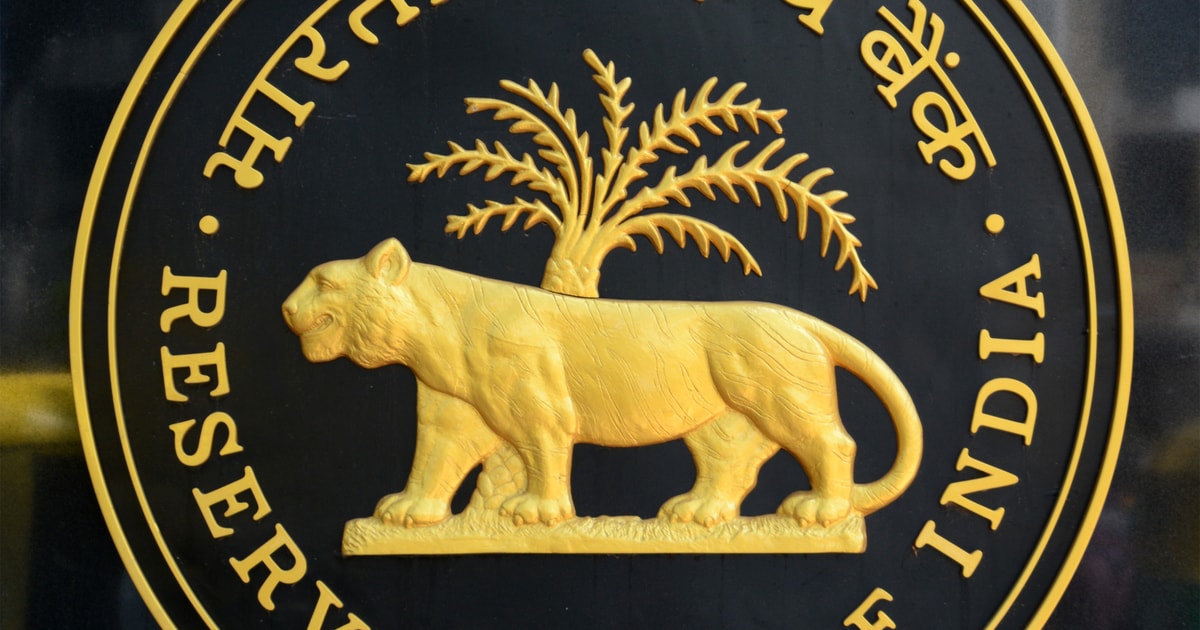India’s Central Bank to Begin Testing Its CBDC in December
Nicholas Otieno Aug 30, 2021 09:15
The governor of India’s central bank recently said that the regulator is preparing to start trial programs for its digital rupee by December. The central bank revealed that it will examine the functionality of the national central bank digital currency to ascertain the suitability of the underlying technology.

India has announced that it is ready to begin testing its electronic rupee towards the end of 2021. The governor of India’s central bank, Shaktikanta Das, disclosed that in an interview with CNBC media outlets. 
Das told CNBC that the Reserve Bank of India (RBI) is at least well placed to start pilot programs for its central bank digital currencies (CBDC) by December.
“I think by the end of the year, we should be able to — we would be in a position, perhaps — to start our first trials,” Das told CNBC.
The governor stated that the central bank of India is studying several aspects of its CBDC including its security, impact on India’s financial sector, as well as how it would affect monetary policy and currency in circulation.
"We are being extremely careful about it because it's completely a new product, not just for RBI, but globally," Das said.
The governor recognized that the security of the national digital currency is a top priority in studying multiple aspects of operating such an asset as well as assess technological issues. "The possibility of cloning ... should be avoided," Das said.
Das further stated that the central bank is studying the option of using a central ledger for the CBDC or the so-called distributed ledger technology (DLT).
A central ledger refers to the database operated and owned by a single entity, and in this case, is the central bank. On the other hand, distributed ledger technology (DLT) is a digital database that allows multiple participants to access, share, and record transactions simultaneously. The majority of cryptocurrencies run on the distributed ledger technology (DLT).
Last month, the deputy governor of the Reserve Bank of India, Rabi Shanka, said that the central bank was working toward a phased introduction for its CBDC and was assessing various issues including the underlying technology and issuance method. The deputy governor further revealed that trial programs for both wholesale and retail components of the digital currency could be possible in the near future.
Rush to Replace Cash with Digital Currency
In January, The Bank of International Settlements conducted a survey, which shows that 86% of central banks around the globe are actively researching the potential of CBCDs, 60% were experimenting with the technology while 14% were deploying pilot projects.
To date, only five nations have fully launched a CBDC, with the Bahamian Sand Dollar as the first digital currency to become widely available.
China takes the lead in the CBDC landscape and has already begun trials of its digital yuan central bank digital currency in several cities while the Bank of England and the US Federal Reserve are looking into a digital currency for a possible launch in the future.
India’s central bank has been working on the idea of a national digital currency for years. In recent years, private cryptocurrencies such as Bitcoin have gained widespread popularity in India, with data showing that the nation has about 15 million investors holding more than 100 billion rupees (€1.14 billion) in cryptocurrencies.
The Reserve Bank of India has repeatedly raised concerns over the rise and use of crypto assets which it sought to ban in April 2018. However, the central bank withdrew the ban in March 2020 when the country’s supreme court stated that the move was unconstitutional.
Image source: Shutterstock.jpg)

